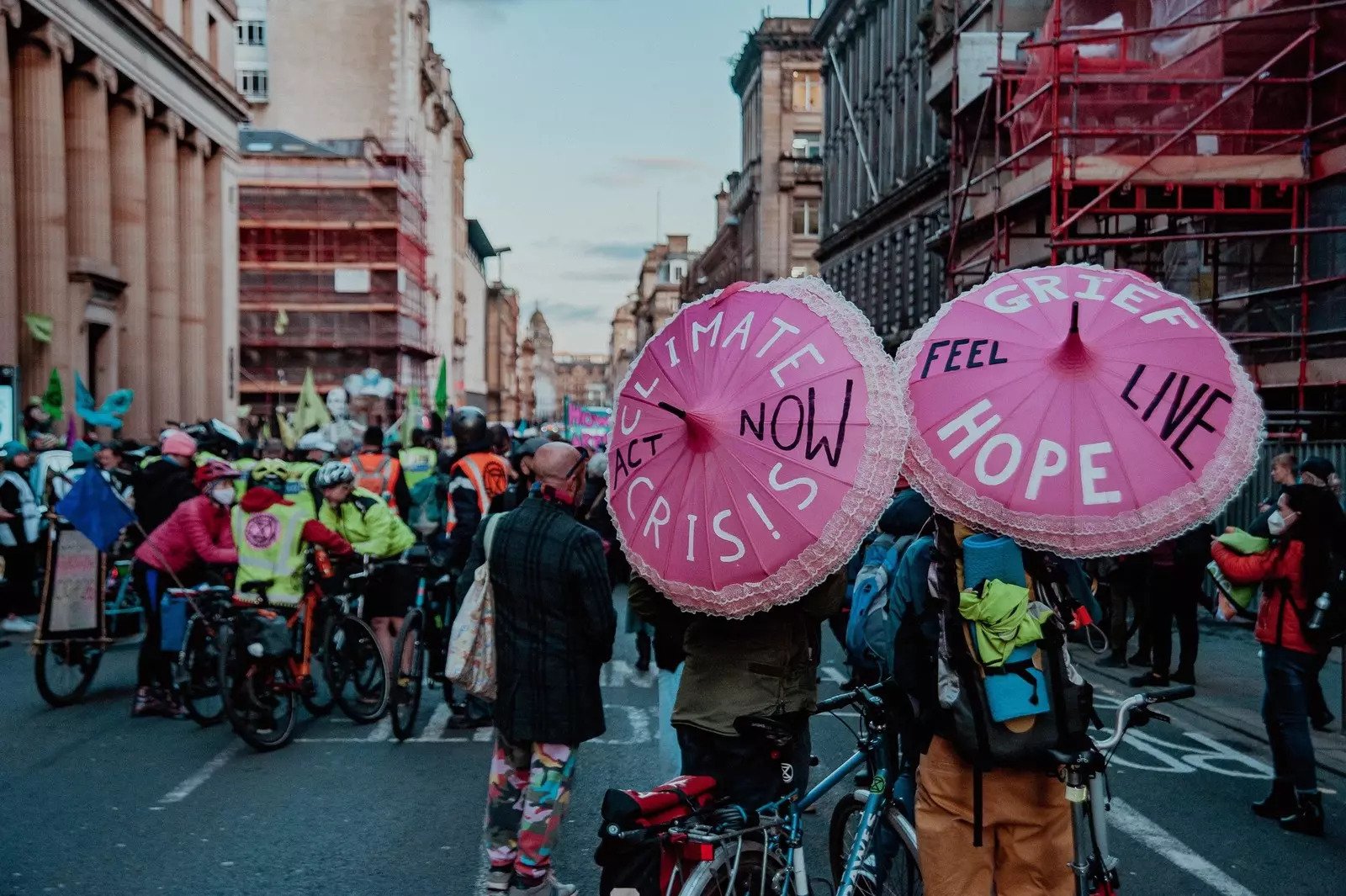Tourism is damaging the ocean. Here’s what we can do to protect it

What does the big blue mean to you? Is it a holiday destination, a source of income, as for the 60 million people working in the marine fishing industry, a vital protein source of 151 million tonnes for human consumption, or a home to millions of species? The ocean has a different meaning for everyone, but for all of us, it is a source of life.
Vitamin sea
It is often forgotten that two thirds of the Earth’s surface is covered by water. The ocean is big, resilient and heals the soul, but what happens when it is facing a crisis and cannot revitalize its own wounds? Scientists are predicting that 90% of the world’s coral reefs will die by 2050 and that the ocean’s biodiversity is degrading at an alarming pace, due to human activities.
With a growing global middle class and increasing ease of travel, people have achieved greater mobility in recent years. According to United Nations World Tourism Organization, the number of international tourist trips worldwide reached 1.3 billion in 2017, and is predicted to reach 1.8 billion by 2030.
The World Travel Tourism Council forecasts that the future of travel and tourism will support 400 million jobs and contribute to 25% of global net job creationglobally. The infrastructure required to sustain this growth in economic activity has increased pressure on natural resources, biodiversity, as well as on local communities.
Tourism can cause harm, but it can also stimulate sustainable development. When properly planned and managed, sustainable tourism can contribute to improved livelihoods, inclusion, cultural heritage and natural resource protection, and promote international understanding.


Here are three examples of how tourism is harming our oceans, and the efforts to mitigate that harm:
1. The cost of tourism
Various tourist hotspots struggle to manage the ever-expanding influx of travellers. Urban dwellers in cities like Amsterdam, Venice and Barcelona are raising their concerns and anti-tourist sentiment is growing. Tourism-driven gentrification can put pressure on the wellbeing and livelihood of the local community, pushing up real estate prices, making the destination overcrowded, and enhancing shore erosion by tourist activities in coastal areas.
In 2017, Palau and New Zealand started a bold campaign requesting visitors to be environmental agents by signing an eco-pledge when visiting their countries. This small step is crucial to shift visitors’ behaviour towards respecting the culture, protecting the country’s natural and living resources, and preserving the country for future generations.
Awareness of sustainability is more important than ever, as user-generated content and peer-to-peer digital platforms like Instagram, Facebook, Airbnb and TripAdvisor are becoming key influencers of the experience economy, tourism trends, and the attitudes of globetrotters.
2. Toxic sunscreen in our seas
As the number of beachgoers has been growing, so has the use of sun protection products. Many people are unaware but 14,000 tonnes of toxic sunscreen make their way to the underwater world each year. In fact, as many as 82,000 kinds of chemicals from personal care products end up in the oceans. The use of chemical sunscreen, water pollution, coral diseases, rising sea temperatures and ocean acidification, lead to deformations in juvenile corals, bleaching of reefs and prevent corals from growing, reproducing and surviving.
In 2018, Hawaii, Mexico and Aruba announced a ban on non-biodegradable sunscreen lotions. Seychelles took a step further and committed to a blue bondto support the financing of ocean and marine-based projects for positive economic, environmental and climate benefits. It is key to have a holistic and innovative approach to the blue economy as the industry is expected to grow at twice the rate of the mainstream economy by 2030.
3. Circular tides
Global awareness of the footprint of (micro)plastic from tourism gained momentum in 2018. Researchers estimate that an additional 8 million metric tonnes of plastic ends up in the ocean every year. About 40% of all plastic is in single-use packaging, as tourists litter beaches with straws, coffee cups, water bottles and cigarette butts.
In October 2018, Thailand announced the closing of Maya Beach indefinitely to clean up the unstoppable amount of plastic and drainage that tarnished its coastline. The threat to our oceans requires cross-country and regional collaboration, but most importantly multi-stakeholder global engagements.
Strategic partnerships empowering the public and private sector to reduce plastic waste, develop a circular economy and build sustainable and more resilient communities are critical. The alliance between the world’s largest packaging producers, like the New Plastics Economy Global Commitment are key to forging innovative collective action, and solutions to reducing pollution to save our oceans.
There are both positives and negatives stemming from the increase of human mobility and tourism, therefore it is crucial to find a balance to encourage tourism for economic growth and stimulating sustainable incentives for the conservation of our oceans.
The ocean might seem endless, but we are all on the same boat and need to find mutual solutions to ride the waves together. This is crucial not only for our oceans and marine life, but for human survival.





